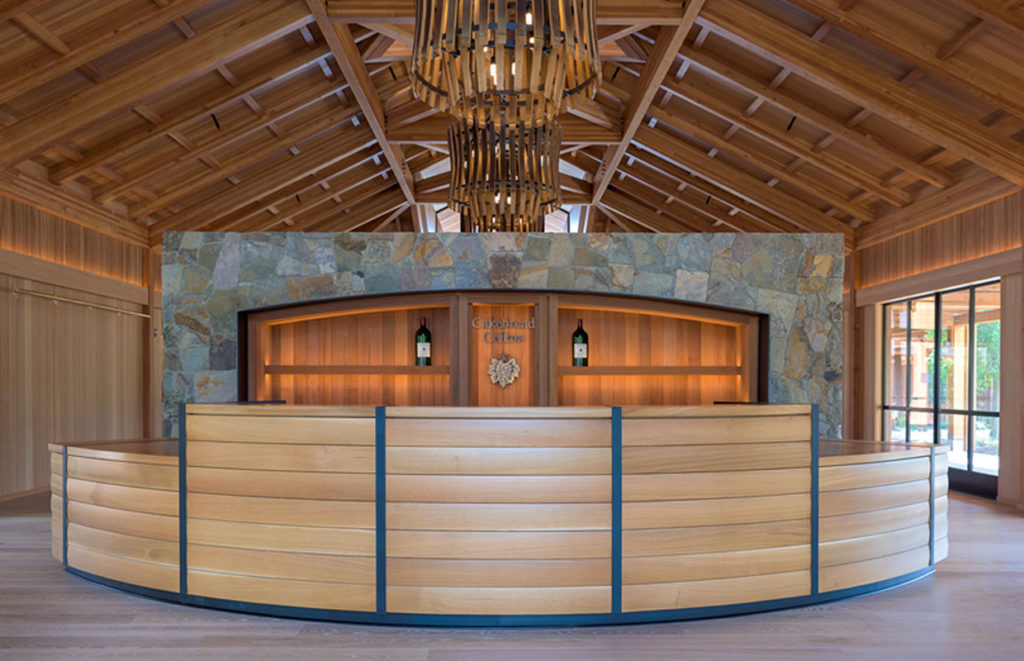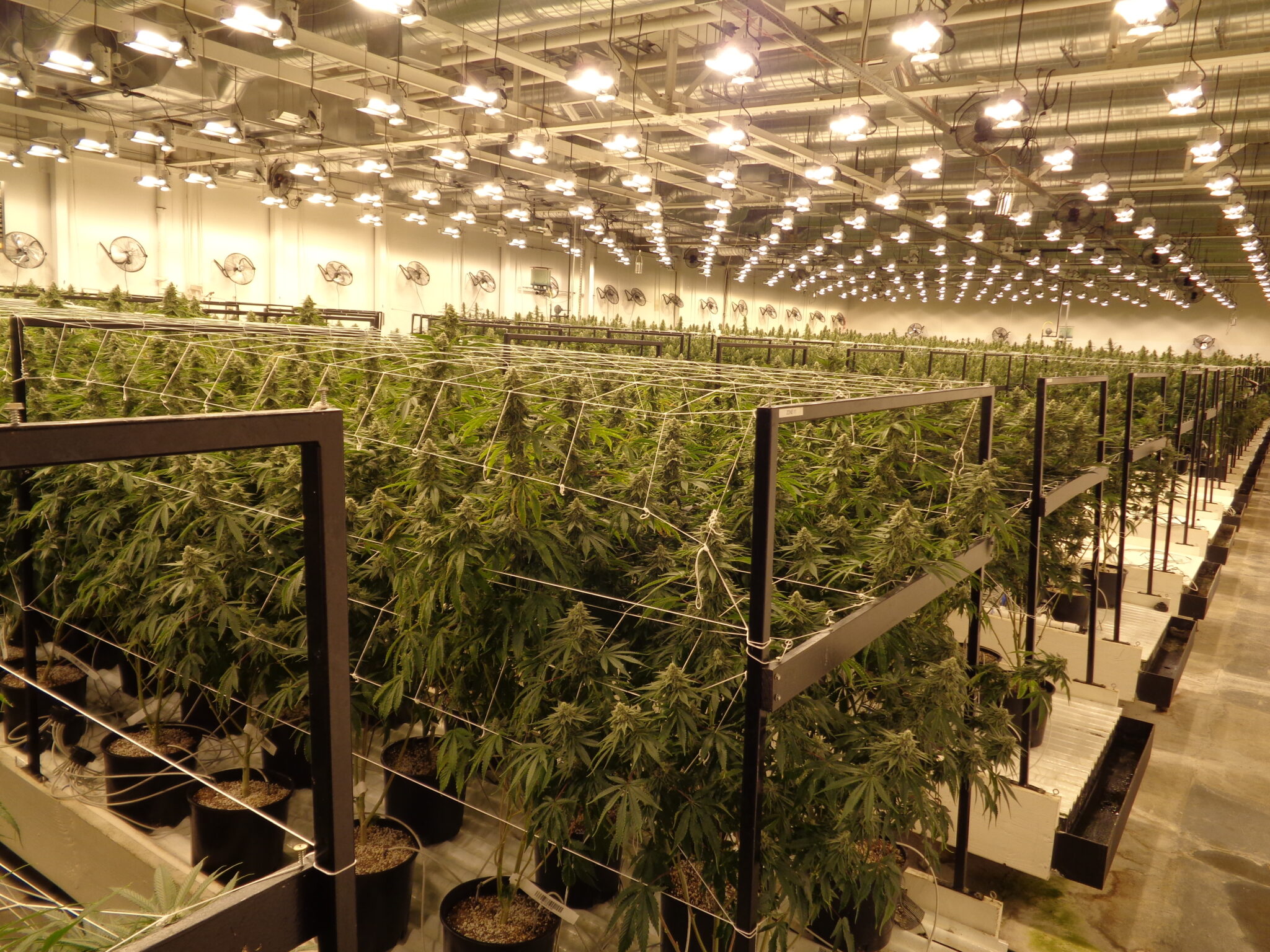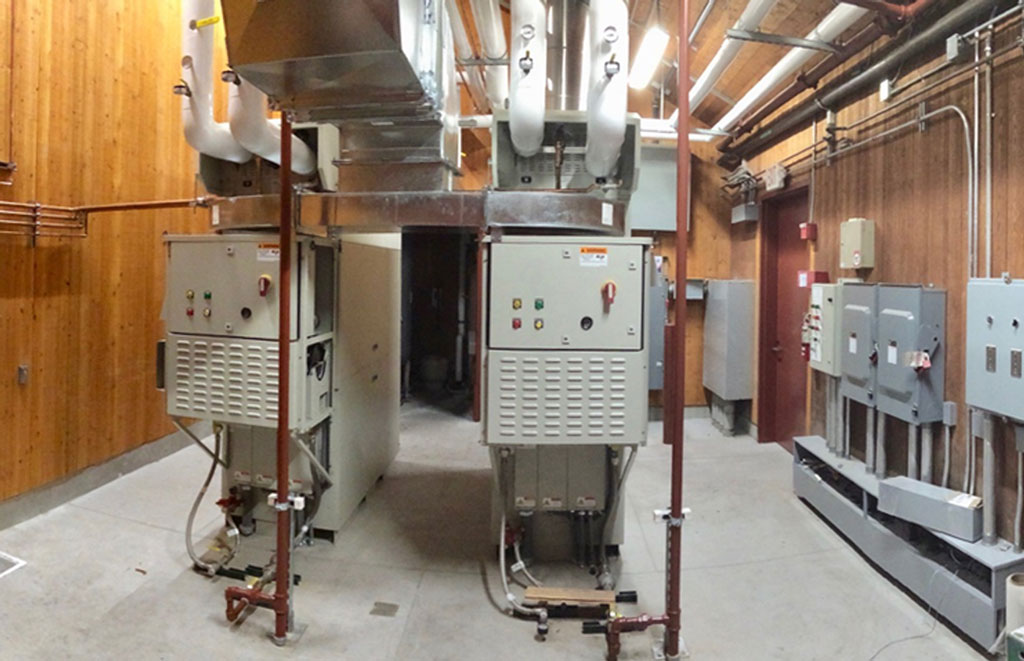
Stealth Engineering for building systems means limiting the visibility of the mechanical systems. The art of accomplishing stealth starts with understanding the dynamic uses of the space and using appropriate force to accomplish the mechanical objectives. Also of key importance is understanding the architect’s and owner’s focused desires while satisfying the overall goals.
After my first few years engineering building mechanicals systems for functional spaces such as hospitals, museums, agriculture facilities & production facilities where, in the day, form followed function, I moved to the North Bay and was introduced to the concept of stealth engineering designing winery hospitality spaces, custom residences and galleries. In a number of these spaces the form was the function. It was important for the mechanical systems not to clash with the architect’s vision. We were challenged to use less noticeable systems & equipment. We explored radiant heating and cooling; geo-exchange & VRF; alternate means of moving air in a space; and passive HVAC systems. We were also challenged to use non-standardized air delivery grilles and diffusers, as well as alternate temperature control strategies.
Comprehensive design approaches included offering alternate building design features to make building envelopes more conducive to using alternate or minimal mechanical systems. The simple application of shading either applied at glazing, using higher performance glazing, applying thermal mass or taking advantage of trees and vegetation to reduce solar gain, and other methods, proved effective.
While there is no one approach fits all, Stealth Engineering is not Rocket Science. However, it does require creative and often multi-discipline approaches to achieve the desired result.



